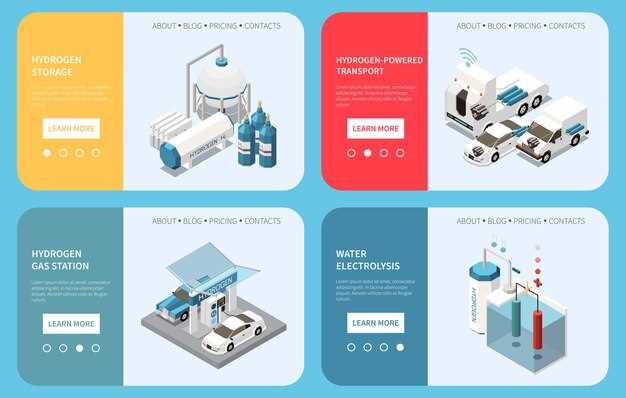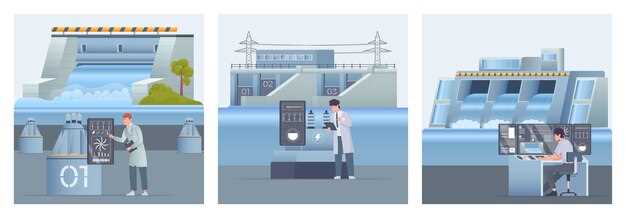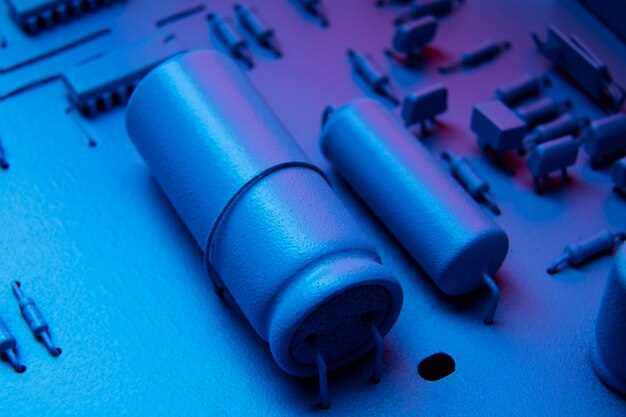
In the world of marine electronics, choosing the right battery is crucial for ensuring reliable power systems aboard your vessel. Marine batteries serve various functions, from starting engines to powering navigational tools and onboard appliances. Understanding the differences between these batteries can save you time, money, and the hassle of being stranded at sea due to inadequate power supply.
Marine batteries come in several types, each designed for specific applications and performance criteria. Whether you need a battery that offers deep discharge capabilities for extended usage or one that provides high cranking amps for starting engines, knowing the distinctions can be pivotal. This guide aims to clarify the various types of marine batteries available, their unique features, and the scenarios in which each performs best.
By delving into this comprehensive overview, you’ll discover not only the technical specifications involved in marine battery types but also practical tips on selecting the right one for your maritime needs. Understanding your options ensures you onboard a dependable power source that enhances your boating experience while maintaining safety and efficiency.
Understanding Lead-Acid vs. Lithium Marine Batteries
Marine batteries are essential for powering equipment and systems on boats, making the choice between lead-acid and lithium options crucial for performance and efficiency. Both types offer unique advantages and disadvantages, which can significantly impact your marine experience.
Lead-Acid Batteries have been the traditional choice for marine applications. They consist of lead plates and sulfuric acid, creating a reliable power source for various onboard systems. One of the main advantages of lead-acid batteries is their lower initial cost, making them an affordable option for boaters on a budget. However, they are generally heavier and bulkier compared to their lithium counterparts, which can affect the overall weight distribution on a vessel.
Another downside of lead-acid batteries is their limited cycle life, typically ranging from 200 to 500 cycles. This means that they may require more frequent replacements, leading to higher long-term costs. Additionally, lead-acid batteries are less efficient in deep cycle applications, as discharging them too much can cause irreversible damage.
In contrast, Lithium Batteries offer a modern solution for marine power needs. These batteries are significantly lighter and more compact, providing excellent energy density. This allows for more flexibility in installation and can enhance a boat’s overall performance. Lithium batteries also have a much longer lifespan, with cycle counts often exceeding 2,000 cycles, which results in lower replacement frequency and better long-term investment value.
Charging efficiency is another strong point for lithium marine batteries. They can recharge faster and can be discharged to a greater extent without the risk of damage, allowing for more usable energy. However, the initial cost of lithium batteries is higher compared to lead-acid options, which might deter some boaters.
Ultimately, the choice between lead-acid and lithium marine batteries depends on individual needs and preferences. For those seeking a budget-friendly, reliable option, lead-acid batteries may suffice. Conversely, for boaters prioritizing weight, efficiency, and longevity, investing in lithium batteries could prove to be more advantageous in the long run.
Choosing the Right Marine Battery for Your Boat’s Power Needs

Selecting the appropriate marine battery is crucial for ensuring your boat operates efficiently and reliably. Different types of batteries serve various purposes, and understanding these differences will help you make an informed decision.
First, consider the specific power requirements of your boat. This often depends on the size of your vessel, the number of electrical devices, and how you intend to use these devices. For example, a small fishing boat may only need a basic battery for starting, while a larger yacht might require multiple batteries for both starting and deep cycling, which powers accessories over extended periods.
There are three main types of marine batteries: Starting batteries, deep cycle batteries, and dual-purpose batteries. Starting batteries are designed to provide a large burst of power for a short duration, ideal for engine ignition. In contrast, deep cycle batteries are engineered to be discharged and recharged repeatedly, making them suitable for running electronics and appliances. Dual-purpose batteries offer a combination of both functions, but may not excel in either capacity.
Next, look at the battery’s capacity, usually measured in amp-hours (Ah). This rating indicates how long a battery can supply power before needing a recharge. It’s essential to choose a battery that meets or exceeds the total amp-hours required by your boat’s systems, ensuring you won’t run out of power during your trip.
Additionally, consider the battery’s size and weight, as these factors can impact your boat’s balance and performance. Ensure that the battery fits securely in the designated space and adheres to safety regulations.
Finally, factor in the maintenance requirements and lifespan of the battery. Some batteries, like AGM (Absorbent Glass Mat) and gel, require less maintenance compared to traditional flooded batteries, making them more convenient for boaters with limited time for upkeep.
By evaluating your power needs, understanding battery types, and considering capacity and maintenance, you can confidently choose the right marine battery for your vessel. Proper selection will not only enhance performance but also ensure a safe and enjoyable boating experience.
Maintenance Tips for Longevity of Marine Batteries

Maintaining your marine batteries is crucial to ensure they provide reliable power during your boating adventures. Here are some essential tips for prolonging the life of your batteries:
1. Regular Inspection: Frequently check your batteries for signs of corrosion, leakage, or damage. Clean the terminals and connections using a mixture of baking soda and water to prevent corrosion buildup, which can impede power transfer.
2. Proper Charging: Always use a charger specifically designed for marine batteries. Avoid overcharging, as it can shorten the battery’s lifespan. Ensure that the battery is fully charged before storage and use a smart charger that can adjust the charging rate based on the battery’s needs.
3. Avoid Deep Discharge: Deeply discharging your marine battery can lead to sulfation and irreversible damage. Try to recharge your battery before it drops below 50% of its capacity. This practice helps maintain optimal power output and extends battery longevity.
4. Temperature Control: Store your batteries in a temperature-controlled environment. Extreme heat can accelerate battery deterioration, while extreme cold can reduce performance. Keep batteries insulated and protected from harsh weather conditions.
5. Optimal Storage: If you plan to store your batteries for an extended period, ensure they are fully charged and disconnect them from the power system. Check their charge level every few months and replenish as necessary to avoid sulfation.
6. Use Battery Monitors: Invest in a battery monitor to keep track of the state of charge and overall health of your marine batteries. This tool helps you make informed decisions regarding charging and usage, maximizing the lifespan of your power source.
By following these maintenance tips, you can significantly enhance the performance and longevity of your marine batteries, ensuring uninterrupted power for all your boating needs.



